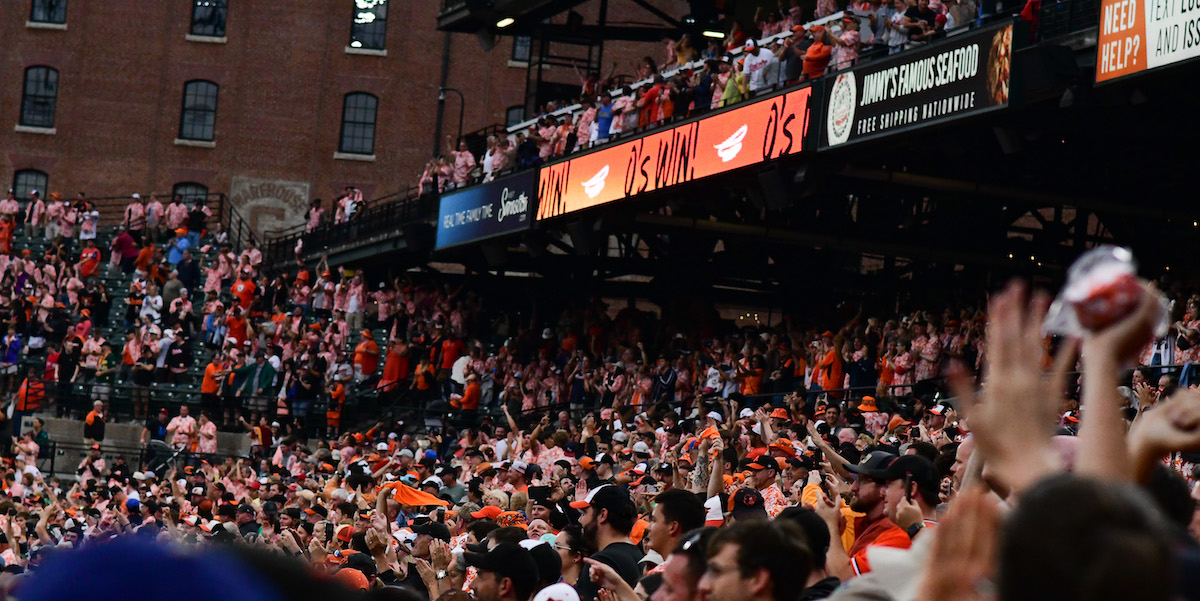Why Are the Orioles’ Playoff Odds So Low?

At this point, it’s becoming a meme. The Orioles chug along, at or around .500, and our playoff odds continue to say that they’ll almost certainly miss postseason play. Across the internet, sites like Baseball Reference and FiveThirtyEight give them a higher chance. The headlines write themselves: “Why doesn’t FanGraphs believe in the Orioles?”
Just to give you an example, after the games of July 29, the Orioles were 51–49. Baseball Reference gave them a 34% chance of reaching the playoffs; we gave them a 4.6% chance. Ten days later, on August 8, Baseball Prospectus pegged them at 22.2% while we had them at 5.4%. On August 11, FiveThirtyEight estimated their playoff odds at 16%; we had those odds at 5.7%. Another week later, on August 19, Baseball Reference pegged them at 35.5% to reach the playoffs; we gave them a 4% chance. You can snapshot whatever day you’d like and you’d reach the same conclusion: we don’t think the Orioles are very likely to make the playoffs, while other outlets do.
Now, we’re getting down to brass tacks. The Orioles are 68–61 after Wednesday’s games. Baseball Reference thinks they are 43.6% to reach the postseason. FiveThirtyEight isn’t quite so optimistic, but still gives them 23% odds, while Baseball Prospectus has them at 29.9%. Here at FanGraphs, we’re down at 6.6%, even after they called up top prospect Gunnar Henderson. Why don’t we believe? Read the rest of this entry »





